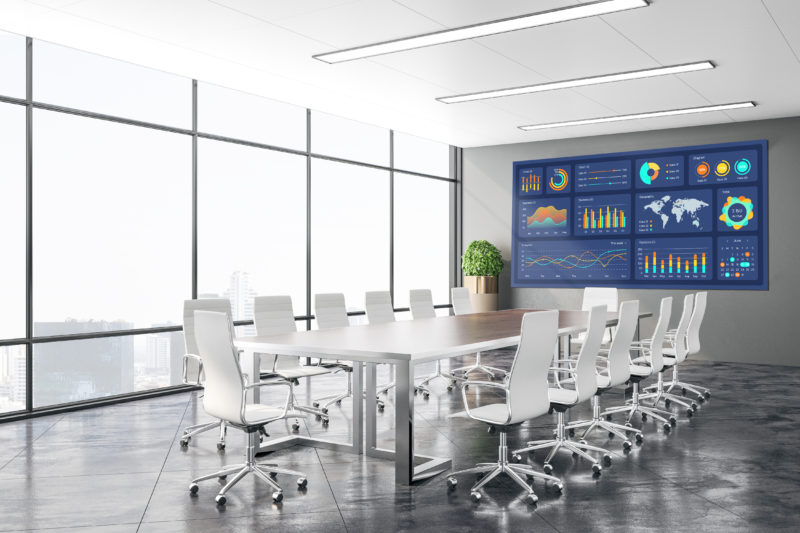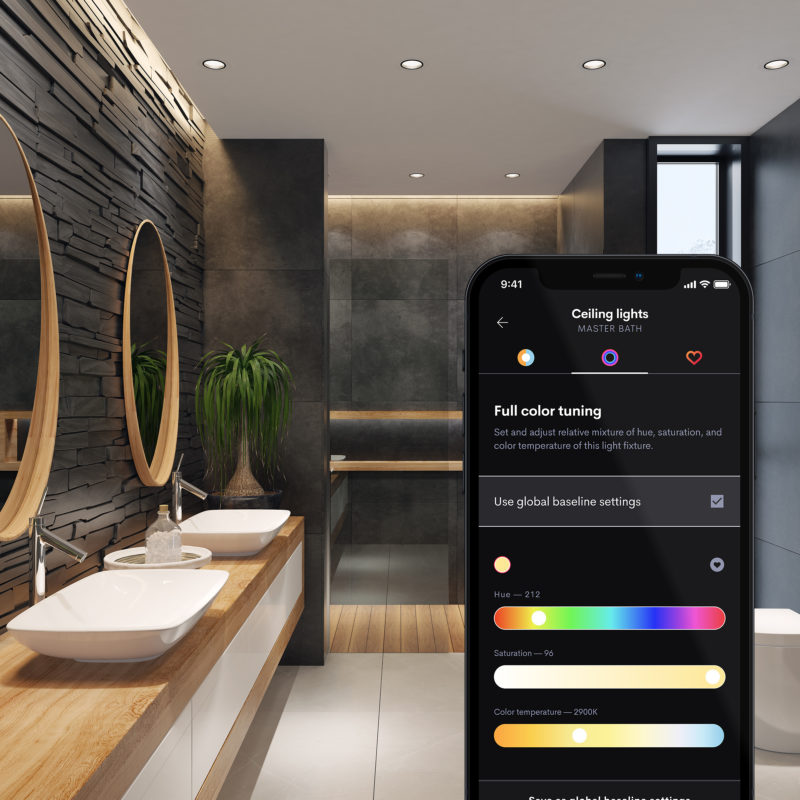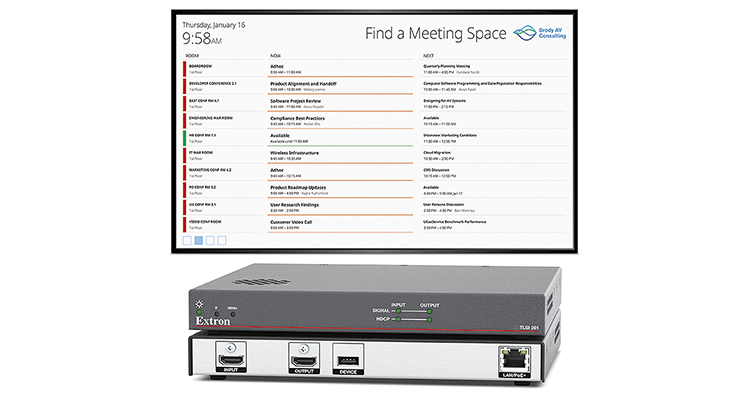Three Upgrades to Be Green, Save Money and Have Happy Employees
 Everyone likes a nice office to work in, and there are many factors such as employee retention and public persona that drive companies to upgrade their buildings, but budgets still are the deciding factor. Here is why you can’t afford not to make these three upgrades now.
Everyone likes a nice office to work in, and there are many factors such as employee retention and public persona that drive companies to upgrade their buildings, but budgets still are the deciding factor. Here is why you can’t afford not to make these three upgrades now.
Energy Monitoring – This fact is crazy but true: Just by monitoring your building’s energy usage, and sharing it in common locations around the building, it will become more efficient. Here is the good part; The studies show from 10 percent to and amazing 25 percent more energy efficient when a building is monitored. It’s true. They call that free money. The original studies saw energy savings from passive monitoring and thought it was a mistake since they were not actively changing the building in any way, so they did more studies and found similar results. Then they had to study the studies and they discovered that when building inhabitants see what the building is using they tend to be more conscience of their personal energy use, and building power usage goes down. They found the same results for vehicles that had an energy gauge, drivers just naturally worked to keep the gauge in the green range without being told to do it.
Comfortable and Energetic Lighting – For decades, lighting in office spaces was evaluated by two criteria: sufficient and insufficient. Facilities managers used this simple criteria to choose fluorescent lighting because of the low energy usage and maintenance costs, and then moved on to find the next cost cutting measure. In the last two decades we have learned a lot more about what lighting does to our health and discovered that while fluorescent may be cheap, they’ve been discovered to not be generally healthy and actually lead to reduced worker efficiency and happiness. Furthermore because these lamps trigger ADD, HDD, headaches, insomnia and other general lack of focus issues, it was found that there’s an average of 5 to 15 percent reduction in employee efficiency in fluorescent offices. Cheap and easy has over-ridden making a change because employee well being is not in the equation. LED lamps are the natural alternative and are more efficient than fluorescent bulbs without the health issues, so yet another savings. By the way, blue lighting makes you energetic and green lighting makes you more creative.
HVAC and Lighting Automation – Heating Ventilation & Air Conditioning account for over half of a building’s energy expenses and lighting is typically 35 percent. Many buildings still use employees to turn on and off the HVAC system at a very substantial energy costs each month. Most larger buildings (and homes now too) are using schedules to more efficiently control when a building is heated and cooled with good energy savings. Low cost occupancy sensors have recently been working their way into office buildings because they show from 20 to 30 percent savings in energy costs in spaces that cant be scheduled, and spaces where scheduling is not intelligent or convenient, plus reduced maintenance costs.
Bottom Line Savings
In a typical commercial office building a company will spend about 50 percent on employee expenses, and 20 percent on building/office space expenses. Taking conservative figures from employee costs and adding just 5 percent more efficiency from replacing fluorescent lighting that would equate to over 100 additional people hours of work a year or two more hours a week from everyone in the office. In a 20 person office that is a free employee, and we didn’t even account for happier employees who are better employees too.
Standard fluorescent bulbs now have direct replacement LED bulbs that work with most existing ballast, and that makes it an easy refit for the facilities crew, and allow it to be done one space at a time. Also LED bulbs warranty for twice the length of time of a fluorescent bulb which means the facilities guys will be hanging out with the Maytag guy. Replacing a $5 T8 fluorescent bulb with a $25 LED is a net of cost of $20. For an employee that costs $30 per hour (that you will have free) you can swap three LED bulbs for every two hours of time created. In the 20 person office that will be 60 bulbs a week with only the labor cost from facilities. Payback is less than three months with years of happy efficient employees for free.
Taking 10 percent energy savings by adding energy monitoring, and another 10 percent (very low) from occupancy sensors and there is a net energy savings of 20 percent. In a 50,000 square foot office space the monthly energy expense is $6,000 to $10,000, so the average savings is $1,600 a month or almost $20,000 a year. At an installation cost of $5,000 to install energy sensors and display usage you have a payback of three months.
Occupancy sensor retro-fit kits are now very common and low cost, with very easy installation needs, and you should use this in any space that has irregular use. Restrooms, pantries and storage areas are a great fit for occupancy sensors and show an astounding 70+ percent increase in efficiency.
Conclusion: Being green is good, will save you money and perhaps the planet, and who doesn’t like being green? However, having happy efficient employees is much, much more cost efficient. Sorry green folks, I’m going with the happy folks on this one.
Homework Reading:
- https://www.linkedin.com/pulse/light-color-efficient-happy-office-space-richard-blackwell?trk=pulse_spock-articles
- https://www.linkedin.com/pulse/building-automation-301-room-scheduling-richard-blackwell?trk=pulse_spock-articles
- https://www.linkedin.com/pulse/big-idea-2015-beacons-occupancy-intelligent-building-blackwell?trk=pulse_spock-articles





